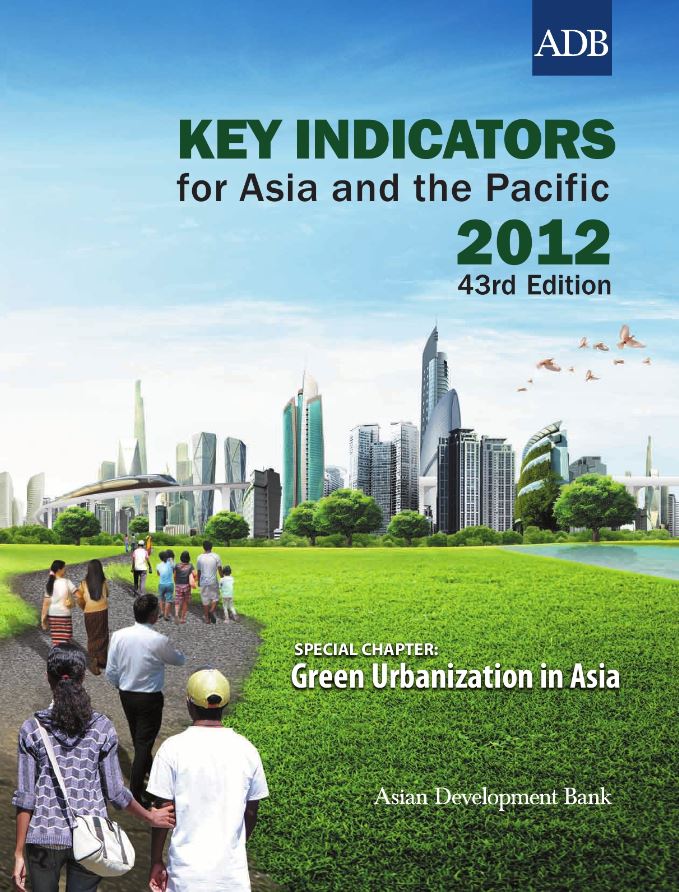
Glacier mass balance can visually indicate the degree of glacier response to climate change. The mountain glaciers are an essential source of recharge for rivers in arid regions and play a vital role in maintaining regional ecological stability and production life. This paper drives a spatially distributed degree-day model using multi-source remote sensing data such as MOD11C3 and TRMM3B43 to simulate the mass balance in the Tianshan Mountains’ south and north slope basins. The spatiotemporal heterogeneity of the mass balance was compared and attributed using a Geographical detector. The results show that: (1) The glaciers in the north and south basins are mainly distributed at an altitude of 3900–4300 m, and the total glacier area accounts for 85.71%. The number of less than 1 km2 glaciers is the most in the whole region. (2) During the study period, the glaciers in the north and south basins were negative (−465.95 mm w.e.) an entire interannual change rate was −28.36 mm w.e./a. The overall trend of ablation can be divided into two stages: from 2000 to 2010a, the persistence increased, and from 2010 to 2016a, the volatility decreased. (3) In the attribution of mass balance, the factors affecting glacier mass balance can be divided into two parts: climate and topography. The cumulative contribution rate of climate factors in Kaidu is nearly 20% higher than that of topographic factors, but the contribution rate of climate factors in Manas is only 7.3% higher. Therefore, the change of glacier mass balance in the Kaidu river basin is more driven by climate factors, while the glacier mass balance in the Manas river basin is more affected by the combination of climate and topographic factors. (4) The climate accumulation is the dominant factor in the Manas river basin (69.55%); for the ablation area, the Kaidu river basin is dominated by climate (70.85%), and the Manas river basin is dominated by topographic factors (54.11%). Due to the driving force of climate and topographic factors and the different coupling modes, glacier mass balance’s spatiotemporal heterogeneity in the north and south slope basins is caused. This study contributes to analyzing the mechanism of regional changes in the glacier mass balance. It provides a scientific basis for investigating the characteristics of water resource changes and water resource regulation in the north and south slope basins of the Tianshan Mountains. © 2022 by the authors. Licensee MDPI, Basel, Switzerland.